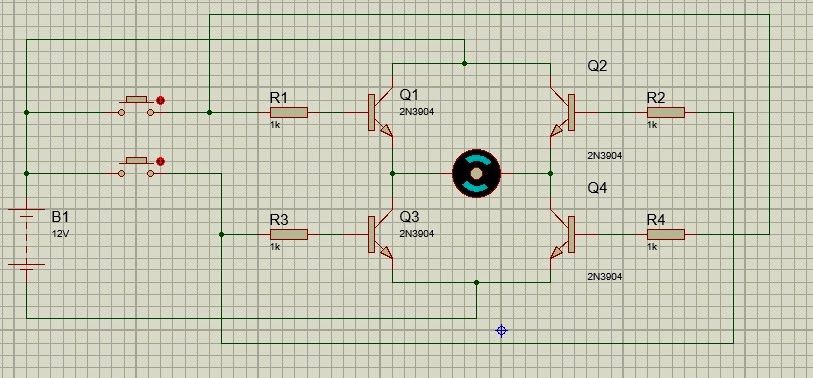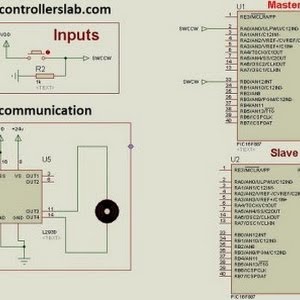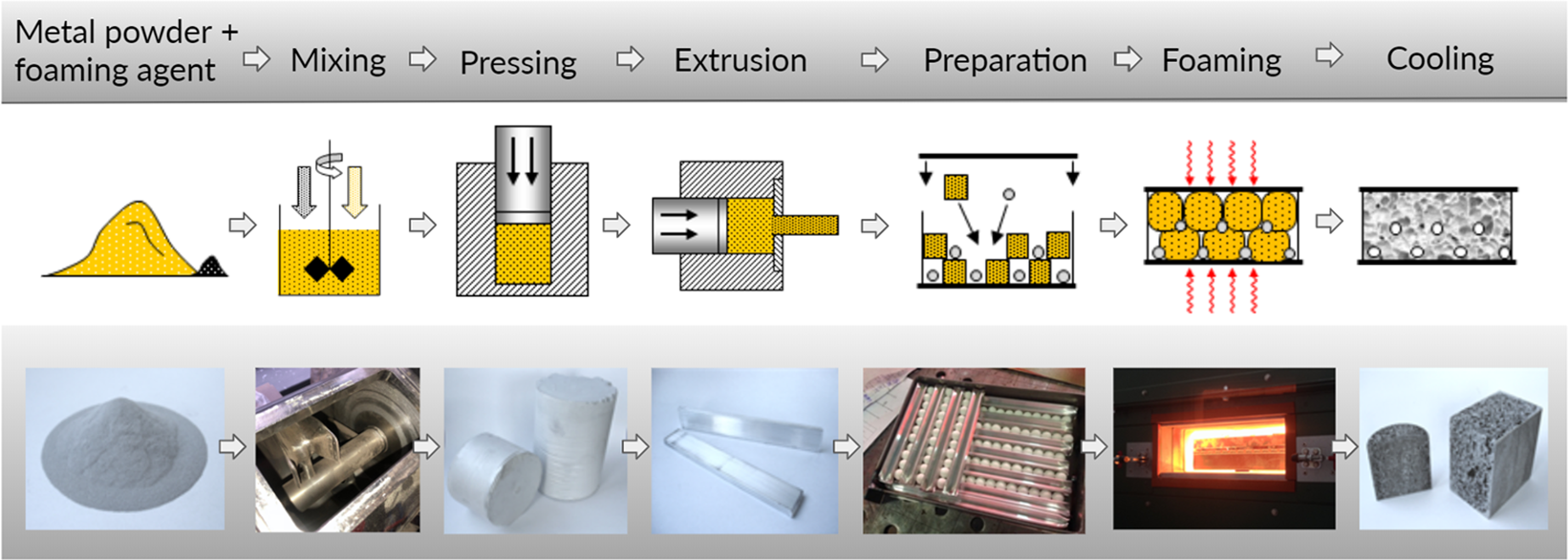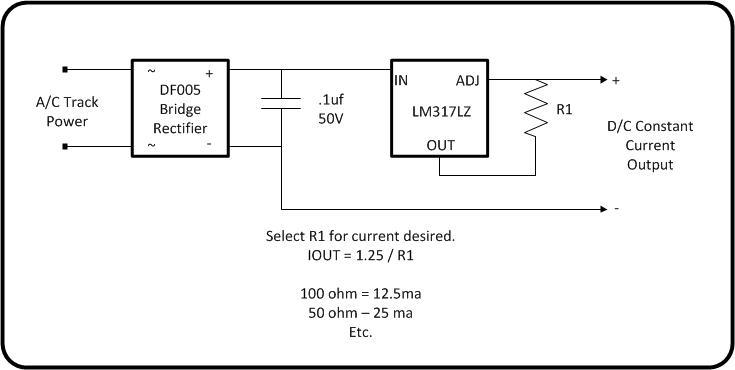

- Proteus for dummies how to#
- Proteus for dummies driver#
- Proteus for dummies full#
- Proteus for dummies software#
- Proteus for dummies code#
The complete circuit can be seen in the following figure.ĭescription DHT11 library void DHT11_init (void) In addition, a 4.7 kΩ pull-up is required. The DHT11 can tolerate voltages of 3 up to 5.5 V, but since the MSP430 can handle 3.3 V, both ICs are operated with 3.3 V. Download DHT11 libraryĭht11-library.zip Schematic EXP430G2 and DHT11 As microcontroller is used the MSP430G2553 (on the EXP430G2 launchpad) and as a development environment is used the IAR Embedded Workbench. With the DHT11 library, the humidity and temperature sensor DHT11 can be read out via one wire and a microcontroller of the MSP430 series. February 2017 in Open source c libraries tagged DHT11 by k.t.evangelos

Proteus for dummies software#
* This is a free software with NO WARRANTY.20. * Bipolar stepper motor speed and direction control with Arduino.
Proteus for dummies code#
In this example I used Arduino stepper motor library (built-in) which simplifies the code, it is included in the code using the following line: The push button which is connected to Arduino pin 4 is used to change the rotation direction of the stepper motor.Īrduino bipolar stepper motor control code: The 10k ohm potentiometer is used to control the speed of the stepper motor, its output pin is connected to Arduino analog pin 0.

So if we have a stepper motor with nominal voltage of 5V we’ve to connect VCC2 to +5V (Arduino 5V output shouldn’t be used) and if the stepper motor nominal voltage is 12V we’ve to connect VCC2 to +12V (negative terminal of this source is connected to circuit ground)… VCC2 is connected to another power source (positive terminal) with voltage equal to motor nominal voltage, it’s labeled in the circuit diagram as V_Motor (V_Motor = motor voltage). The L293D has 2 VCC pins: VCC1 (pin #16) and VCC2 (pin #8). The 4 outputs are connected to the bipolar stepper motor as shown in the circuit diagram. The L293D chip has 16 pins with 4 inputs (IN1, IN2, IN3 and IN4) and 4 outputs (OUT1, OUT2, OUT3 and OUT4). Power source with voltage equal to motor nominal voltageĪrduino bipolar stepper motor control circuit:Īll grounded terminals are connected together.
Proteus for dummies full#
In the full step control mode always both windings are energized at the same time according to the following two tables where first table shows the driving sequence for one rotation direction and second table for the other direction: This chip is small, low cost and easy to use, these make it a good choice for students and hobbyists, in this blog, I used it in some DC motor control projects.
Proteus for dummies driver#
In this example I’m going to use L293D quadruple half-H driver which can work as dual H-bridge driver. To be able to control the bipolar stepper motor, two H-bridge circuits are required. The following image shows a simple schematic of the bipolar stepper motor: In this example I’m going to use the full step two-phase mode for controlling the bipolar stepper motor. There is another controlling type called microstepping, this type is more accurate than the half step mode, it requires two sinusoidal current sources with 90° shift. it requires power in-between one-phase and two-phase modes, torque also is in-between. This mode increases accuracy by dividing each step by 2. Half step mode is a combination of the two full step modes (one-phase and two-phase). This mode provides the highest torque but it requires twice as much power as one-phase mode. In full step two-phase mode the driver energizes the two coils at the same time. This type of controlling requires the least amount of power but provides the least torque. In full step one-phase mode the driver energizes one coil at a time. The full step can be divided into 2 types: one-phase and two-phase. The popular controlling modes of of the stepper motor are: full step and half step.

The other type is the unipolar stepper motor, it is 4-phase brushless motor which has 5 or 6 wires. The bipolar stepper motor is a two-phase brushless motor which has two coils (windings), this motor has 4 wires (2 wires for each coil). Proteus simulation of the example is provided at the end of the topic.īasically there are two types of stepper motors: bipolar and unipolar. The stepper motor used in this example is just a PC CD-ROM (or DVD-ROM) drive which has 4 wires.
Proteus for dummies how to#
This small post shows how to control speed and direction of rotation of bipolar stepper motor using Arduino UNO board and L293D motor driver chip.


 0 kommentar(er)
0 kommentar(er)
